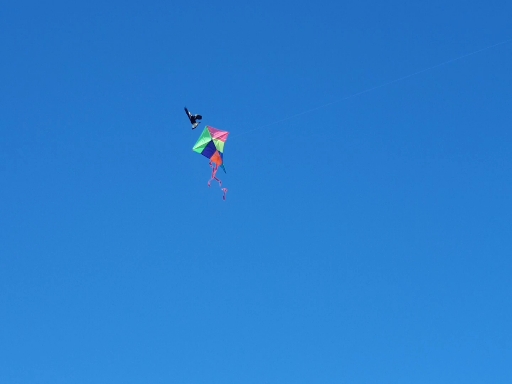As we begin a new semester at uni, I was not particularly enthused by the subject on Aphasias.
Rather than gritting my teeth and attacking the textbook, I downloaded Oliver Sacks's classic book, The Man Who Mistook His Wife for a Hat. I had no idea the treasures and delights that were within. Imagine a music teacher whose cognition was intact but could not identify human faces, and conversely, had started addressing the occasional doorknob as if it were a student.
Suddenly this world of dry academia, of aphasia and agraphia and agnomia and dyslexia, started to fill with colour. How astonishing that some people can write down a dictated word, and then neither recognise nor say nor understand it!
Case histories are so much more powerful than dictionary definitions of conditions. In a course with hundreds of texts on its prescribed reading list, why do we neglect some of the most simple, engaging and wonderful*? Especially as possible hooks, entry points into challenging subjects. We really are living in a left-brained world.
Til tomorrow.
*Sacks, Saussure, and The King's Speech are examples of great works (texts, in the looser sense) that have have either barely been mentioned during this degree or omitted entirely. One invites the ordinary person into the mind of a clinician; one lays the foundation stone for so much of what we as practitioners do today; and one paints a vivid portrait of the earliest days of the profession, as speech pathology took its first stumbling steps against a backdrop of looming war.

